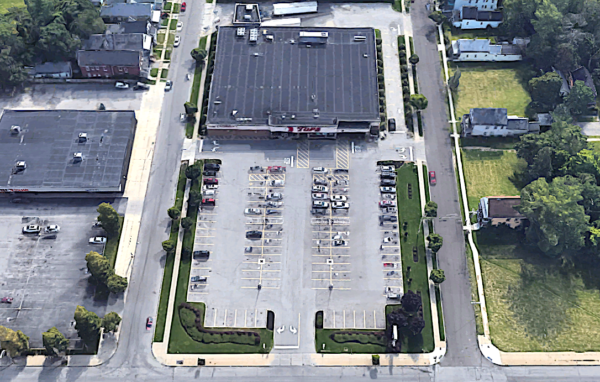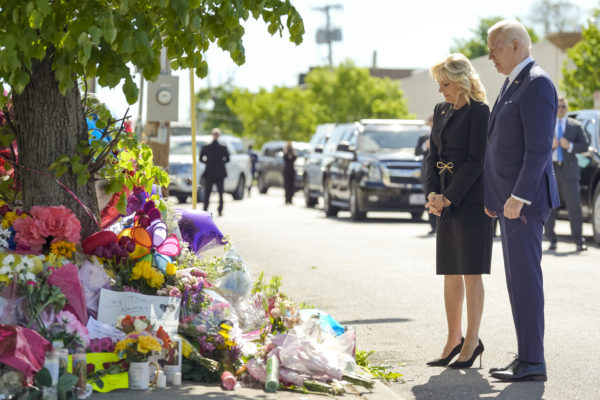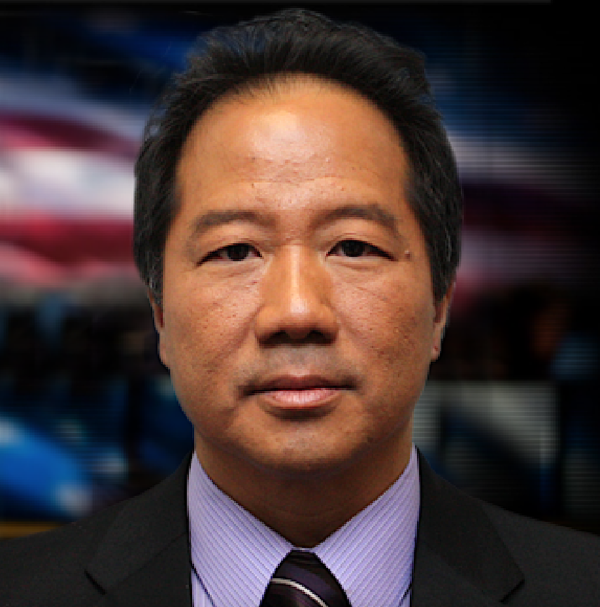While elected officials propose new gun laws and call on social media companies to block hate speech in the wake of the May 14 shooting at a Buffalo supermarket that left 10 dead, a law enforcement expert tells the Business Journals that there are steps businesspeople can take to help protect their employees and customers from similar assaults.
An 18-year-old white supremacist, Payton Gendron of Conklin, New York, allegedly drove to the Tops Friendly Market on Jackson Avenue in Buffalo while livestreaming his actions on a radical website. He allegedly started shooting in the parking lot, then went inside the store. He allegedly shot a total of 13 people, most of whom were black, killing 10.

Gov. Kathy Hochul, who is from Buffalo, went to the scene and said she would go ahead with plans to introduce a new package of gun control laws on May 17. President Biden and First Lady Jill Biden visited Buffalo to meet with survivors of the mass shooting and families of the deceased.

“Unfortunately, these mass shootings have increased over the years and the fatality rate has also increased because of the ability to get these high-powered weapons,” David E. Chong, public safety commissioner for the city of White Plains, told the Business Journals. “We abide by the standard of ”˜run, hide and fight.”™ If you are a business owner, you certainly must have an exit besides the entrance, so you must have another way out of your business and that should be clearly, clearly marked. All your employees should clearly know where that other exit is. In a large supermarket or department store there will be many exits. Those should be clearly marked in bright red. Your employees should know where those exits lead to.”

Chong is a veteran of more than 44 years in law enforcement. In addition to currently serving as head of the eighth largest municipal police department in New York state, Chong previously was police commissioner for Mount Vernon. He served more than 22 years with the New York City Police Department (NYPD), retiring as lieutenant commander of detectives.
While with the NYPD, he served in a variety of key roles, including working undercover with the Tactical Patrol Unit, infiltrating Asian organized crime and gangs, on the Homicide Squad and as commanding officer of the Counter-Terrorism Bureau”™s Global Intelligence Unit, formed shortly after 9/11. He has a bachelor”™s degree in criminal justice, a master”™s in public administration, teaches college courses in criminal justice and has trained with the FBI National Academy and the CIA.
“Just like you plan with a fire drill, every employee should know in case of emergency, fire or other kind of disaster, and certainly an active shooter, the best way that they can escape, and they should actually drill on it,” Chong said. “Cameras are terrific and will help us solve a crime and they are of great evidentiary value. But, when you run up against somebody who is psychotic or just has bad intentions, the cameras do not necessarily frighten people away. They are an added layer of security and help us in law enforcement apprehend the criminal.”
Chong said that gun laws are very important but they have to be enforced and, unfortunately, there is not universal enforcement.
“There is a tremendous amount of guns in our country. There are actually more guns than there are people in our country,” Chong said. “Unfortunately, with social media and how people can get on social media and be radicalized, it is a mental health problem along with a gun problem. That has created these mass shooting situations that are worse than ever.”
Chong observed that the two key actors allowing mass shootings to proliferate are not receiving the attention they deserve.
“That has to do with punishment for the criminals and it also has to do with the availability of firearms,” Chong said. “We are a country that is protected under the Second Amendment. Our people like firearms. When I first started as a police officer, we were talking about handguns and we were talking about shotguns and we were talking about hunting rifles. Now, people get semi-automatic AR-15s and military-style assault rifles. The weapons have gotten more advanced, the ammunition has gotten more deadly.”
Chong said the “run, hide and fight” scenario is an important mindset should people find themselves in a life-threatening mass shooting situation, which he suggests people need to realize could happen anywhere, at any time.
“Number one, as a customer, when you go into a location you should look to see where the exits are,” Chong said. “I think it”™s just good planning to know where you can run to besides running back out the same doors you came in. As a business, your employees should be trained for something like this.”
Chong said that the “hide” part of “run, hide, fight” is that there needs to be a place to hide from a shooter, preferabley a safe room designed to protect occupants.
“That safe room should be locked from the inside and not have windows and if you have to hide you can bring customers inside that safe room and lock that safe room from the inside,” Chong said. “If you find yourself where you can no longer run and you can no longer hide, then your last resort is to get up the courage and get some kind of weapon. If you can get a couple of other people to help you, attack because you are basically fighting for your life.”
Chong said that a spray bottle of bleach or some other harsh chemical could be turned into a weapon in a desperate situation.
“You spray him in the eyes with bleach or hit him across the head with something heavy. You”™re basically fighting for your life. That is the last resort,” Chong said. “The first resort is when you go inside any business, the first thing you should do, and it”™s unfortunate that we have to think this way, is in your mind look for a way to escape other than the front door that you walked in.”
Chong said that it is important to make an emergency call to the police as quickly as possible. He said that in many cases people have actually assumed that someone else would be dialing 911 and used their cellphones to make calls to relatives instead of notifying authorities that an attack was underway.
“People do panic,” Chong said. “Immediately, immediately call 911 so we can get there. I”™ve been at scenes of mass shootings where people called loved ones and said they expected the business would call 911. The more that phone calls are flooding in the more we know that it”™s active and real and if we can get a description safely of the person doing the shooting and where they may be ”¦ the responding officers can immediately look for that individual. If you say the shooter is in the dairy aisle, a male, white, in camouflage, they know where to go and who to look for. We go toward the sounds of the gunshots.”





















